Top tips for making perfect burgers
Best-ever burgers
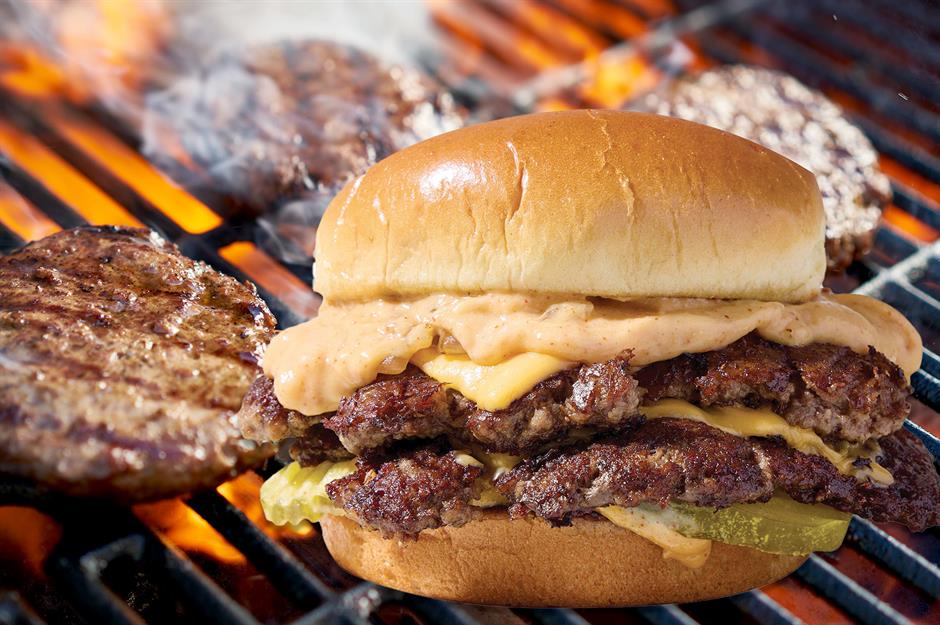
It's hard to beat a homemade burger, particularly when it's cooked on the barbecue and eaten al fresco. But what if we told you that there are some simple ways to take your burger to the next level? Well, we've rounded up all the tips and tricks you could possibly need, from advice on how to select the right meat to a step-by-step guide to cooking on the grill – counting down to our most essential pearl of wisdom of all.
Click or scroll through our gallery to discover tried-and-tested tips for cooking your most delicious burgers ever – perfect for International Burger Day (28 May) and beyond.
26. Don't skimp on the seasoning

If your homemade burgers always end up tasting a little bland, chances are you’re not being liberal enough with the salt and pepper. Before you get grilling, remember to season your burger mix generously – ideally with sea salt and freshly ground black pepper.
25. Add some onion
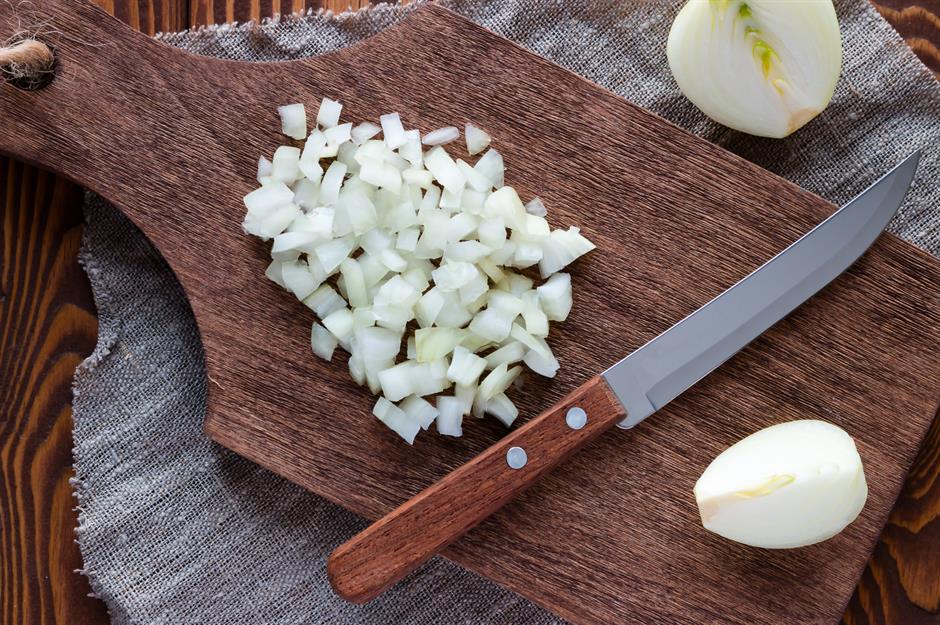
Whether you add onions to your burger patties or not is all down to personal preference. Folding onion into your minced beef mix will add another layer of flavour – but it should be very finely chopped, and you won't need much at all (otherwise you'll risk overpowering the taste of the meat). One small onion per 1lb (500g) mince should be sufficient.
24. Spice it up
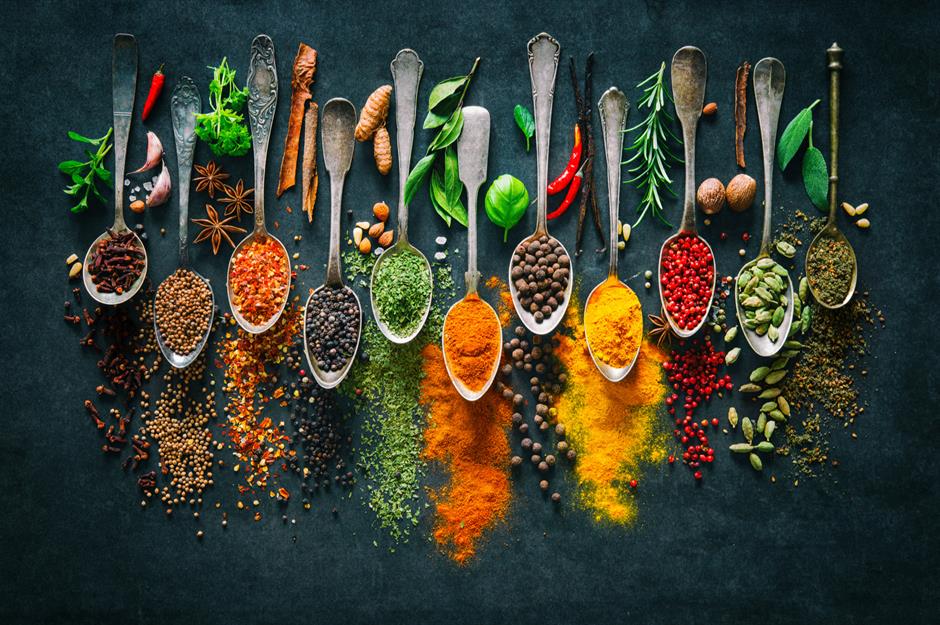
Adding herbs and spices is a great way to take your burger to tasty new heights. Fresh thyme and parsley work well, or you could try dried herbs (Italian seasoning is an excellent choice). Spice-wise, chilli is always a winner, but ingredients like smoked paprika and ground coriander will also give your burgers a warming boost.
23. Bind with egg

Many cooks swear by adding beaten egg to their minced beef before they shape their burger patties, as it helps to bind the mixture together (plus it adds moisture, too). You won't need much – just one beaten egg per 1lb (500g) meat. That said, if you're using mince with a high fat content, you might not need the egg at all.
22. Don't overwork it
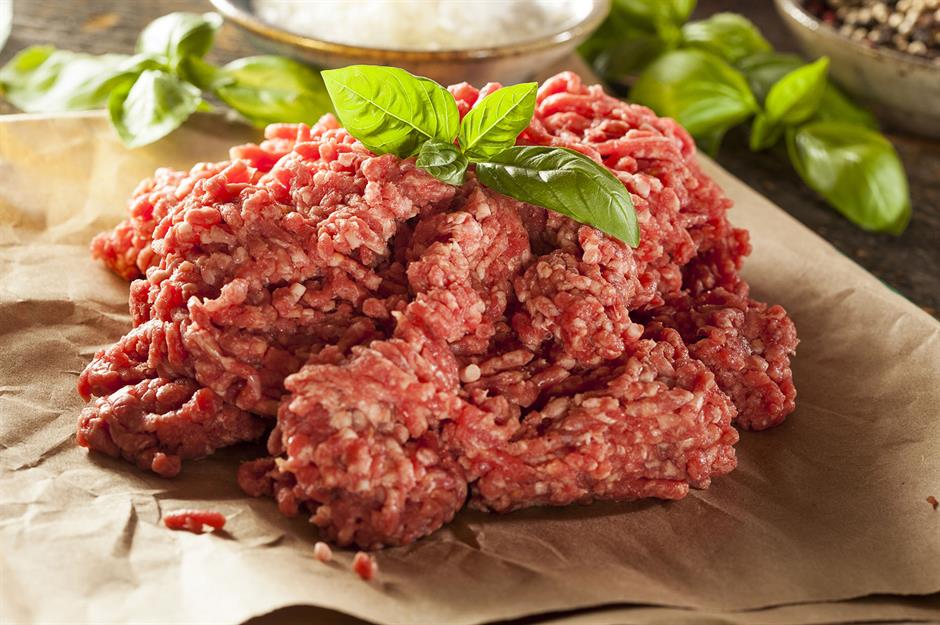
When making your patty mixture, remember to treat it gently – the more you handle your mince, the tougher your burgers will turn out to be. Instead of squeezing and pressing the meat into oblivion, carefully pull it apart into small chunks, add your seasonings, then toss it with your fingers until it's all mixed together loosely.
21. Use wet hands
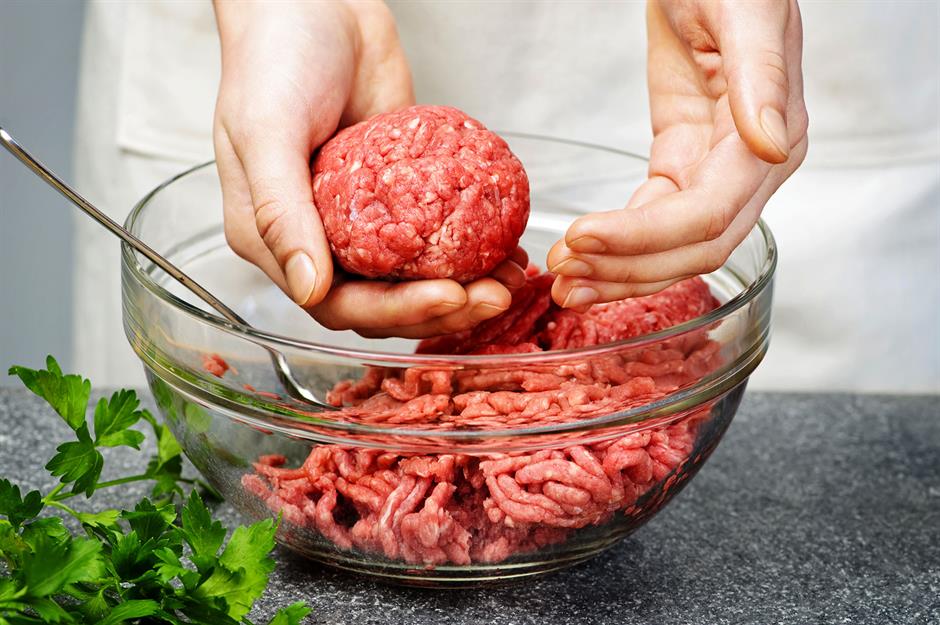
Making your own burgers means you have to get your hands dirty, and the last thing anybody wants is bits of minced beef sticking to their fingers. So, to avoid unnecessary stickiness, wet your hands before getting involved with your protein. It helps the meat come together faster, too.
20. Keep it consistent
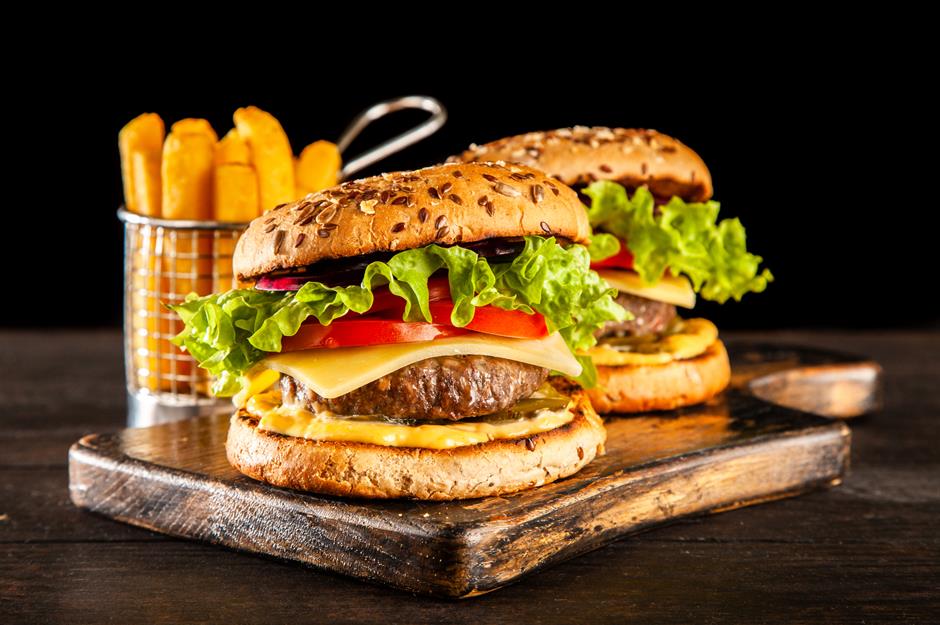
Ideally, you want all your burgers to be the same size – that way, they'll cook evenly and sit neatly in their buns. The best way to achieve this is to either weigh the meat before you form it into patties or to invest in a simple patty maker. Remember, raw burgers need to be slightly larger than the bun; they'll shrink during cooking.
19. Cook your burgers on the hob
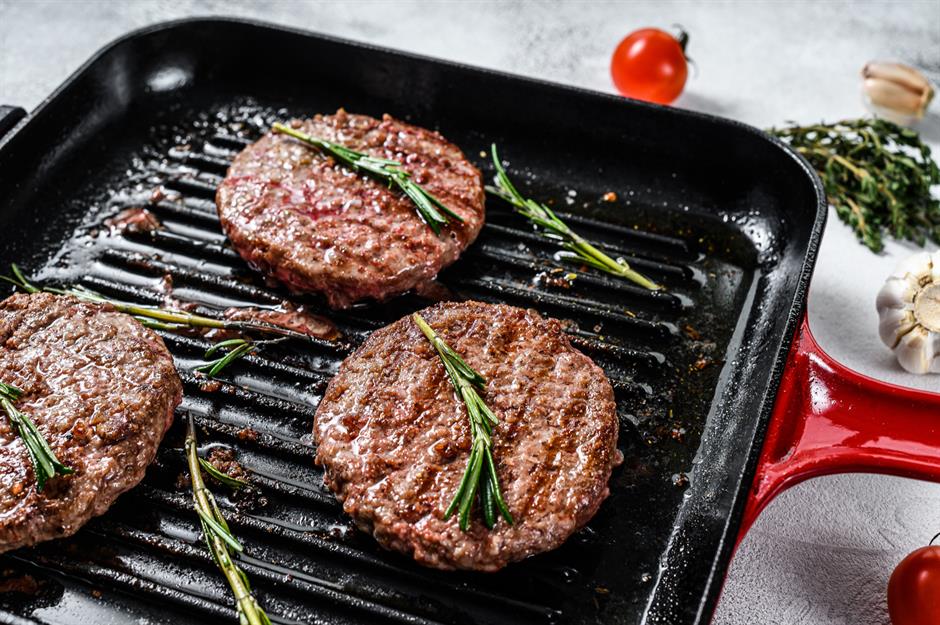
Not the day for a barbecue? Use the hob instead. A cast iron griddle pan will give your patties those lovely grill marks, plus you can get it very hot. Oil the burgers, not the pan, then cook them on a reasonably high heat, turning once. Cooking times depend on the size of your burgers but, on average, allow three minutes per side for medium rare, four minutes for medium and five minutes for well done.
18. Don't barbecue over direct flame
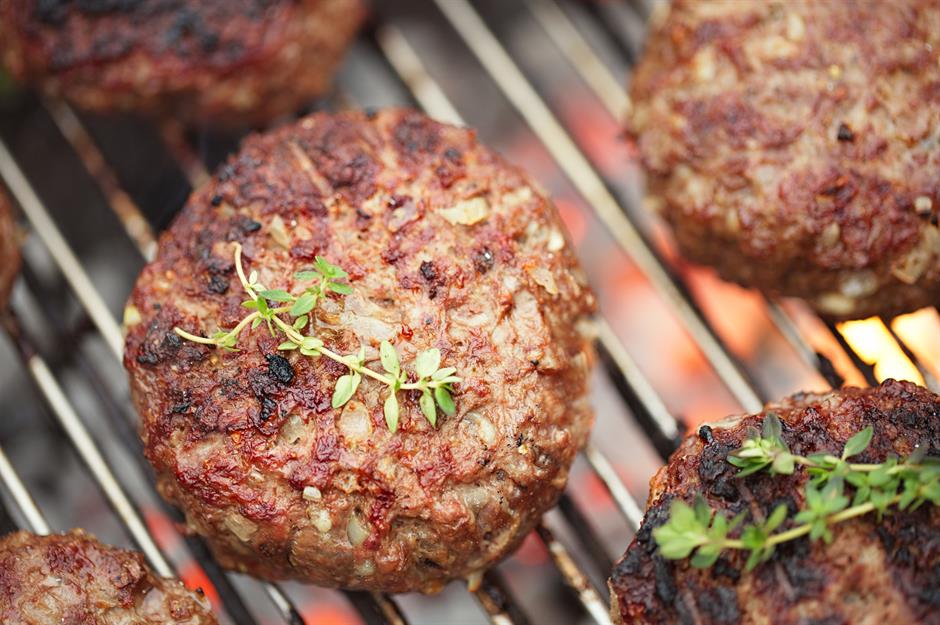
Barbecued burgers are the best – however, despite the popularity of 'flame-grilled' meats, you shouldn't cook your patties directly over a flame, as they'll burn on the outside and stay raw in the centre. Instead, wait until the flames have died down and the coals are white, then grill your burgers over the hottest part of the barbecue. If you like your burgers well done, move them slightly away from the hottest part so they cook through without burning.
17. Avoid non-stick pans for smash burgers
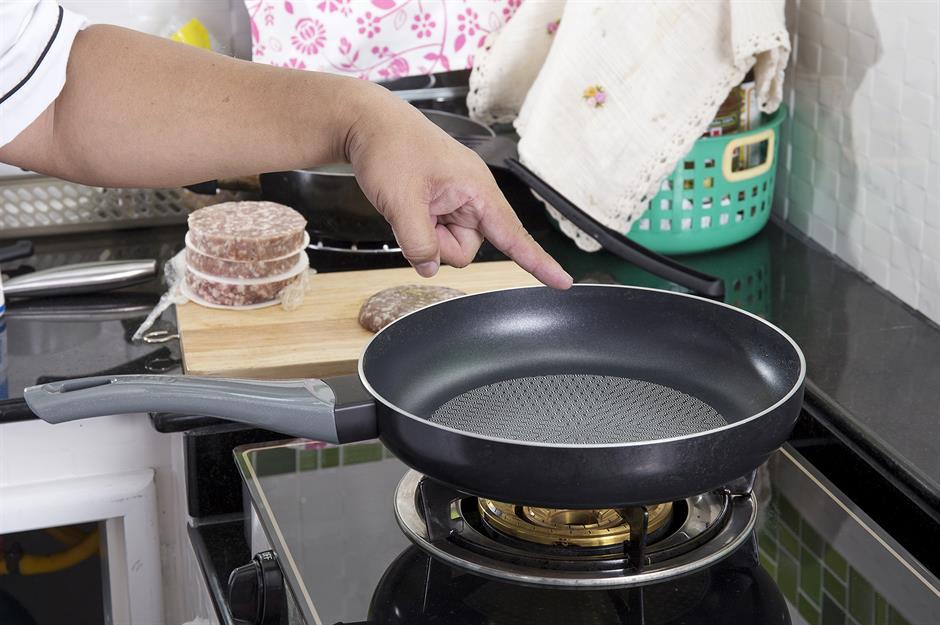
Smash burgers are at their best when they develop a rich, crispy brown crust on both sides – the hallmark of a proper sear. To achieve this, you need a very hot pan. That’s why non-stick cookware isn’t ideal; high temperatures can degrade the coating, potentially affecting both the pan and your food. Since the Maillard reaction (which creates that delicious browning) begins at around 150°C (300°F), your best bet is to reach for a reliable cast iron frying pan.
16. Use the right kit
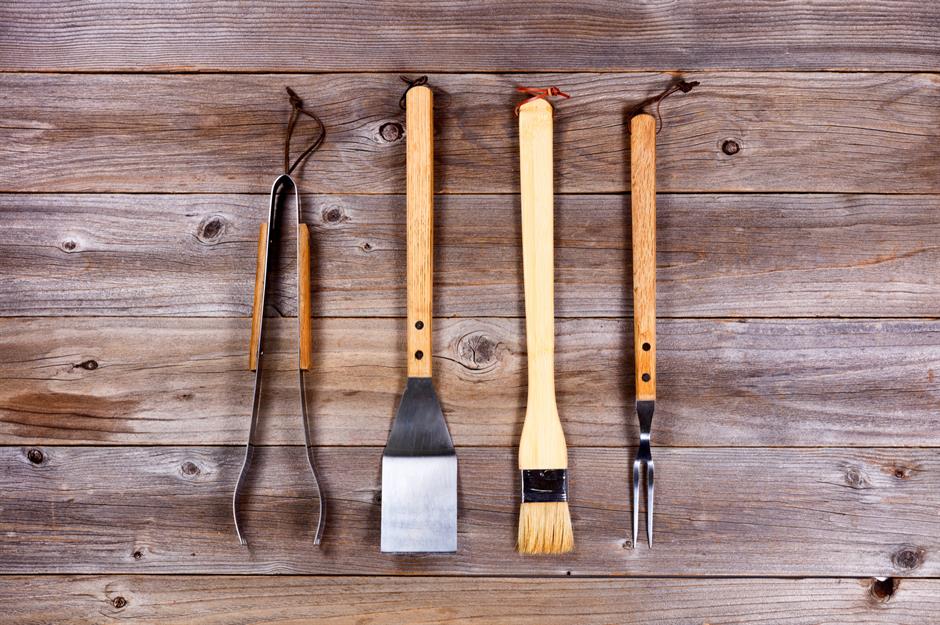
If you're a fan of cooking burgers on the barbecue, a solid grilling spatula with an offset handle is an essential bit of kit. This handy tool makes flipping easy and keeps your hands away from the heat. Tongs are great for steaks, but they can break up burgers – so it's best to avoid them (or handle them with extra care). Digital meat thermometers are also helpful if you're not confident about cooking times.
15. Try caramelised onions
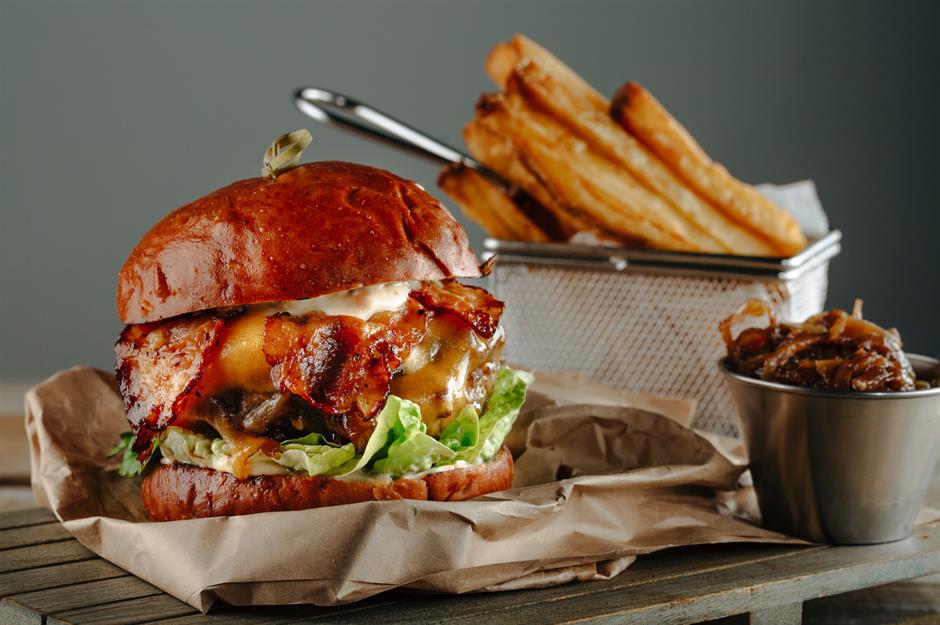
When it comes to burger toppings, raw onion slices aren't to everyone's taste – but caramelised onions are a different story. Make them in advance by cooking onions over a gentle heat with a little sugar until they're soft, sweet and brown. Store them in the fridge, then reheat them when you're ready to build your burgers.
14. Butter 'em up
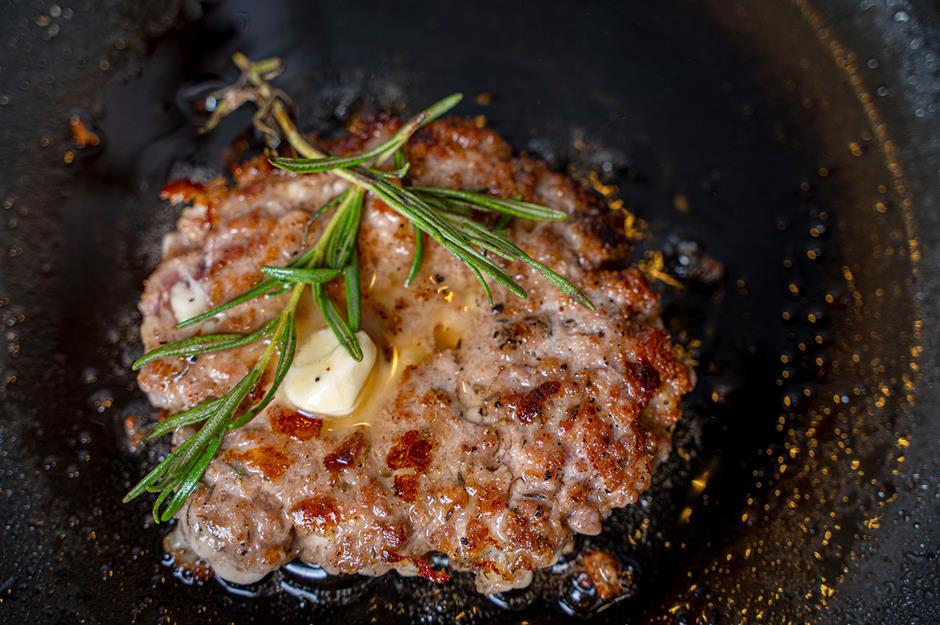
Cooking burgers with butter isn’t all that common – unless you’re ordering a signature ButterBurger from American fast food chain Culver’s, that is. But according to top chef Nyesha Arrington, adding a knob of butter while grilling your patty helps to caramelise the edges and enhance the rich, savoury flavour of the beef. It also helps keep the meat juicy and full of flavour.
13. Keep your grill clean
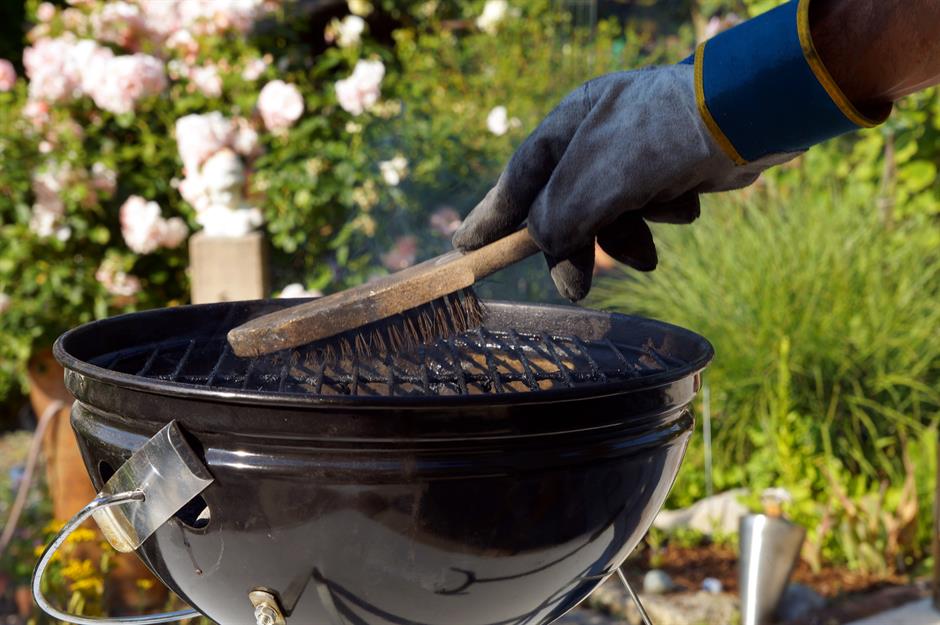
It's much easier to clean a hot barbecue than a cold one. So, once you've finished grilling, use a wire brush to scrub off any debris. Love a cleaning hack? You can also use a halved onion or a potato on a long fork – they'll do the job just as well.
12. Try different cheeses
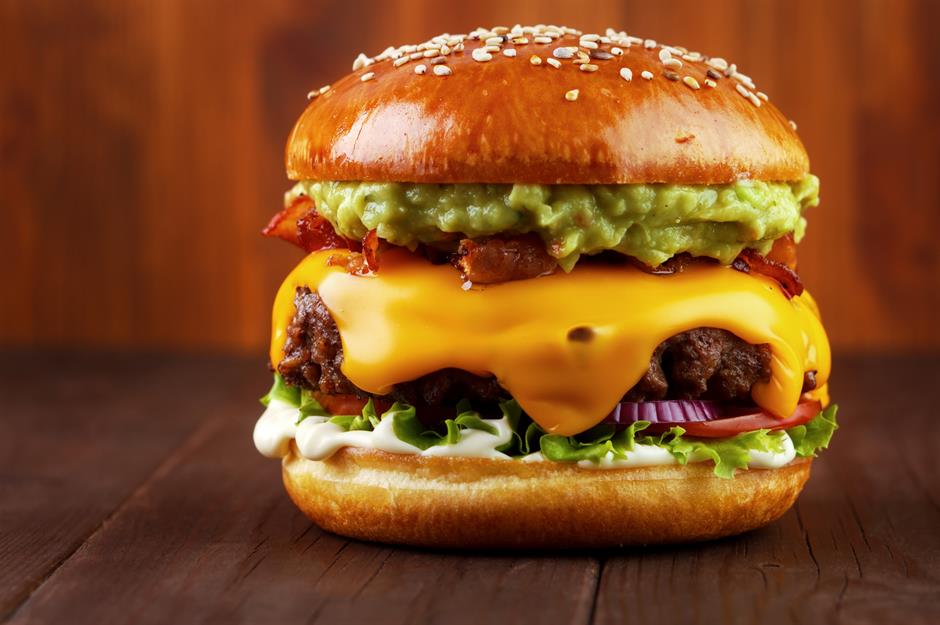
A melty cheese is a burger essential – which is why we love pre-sliced Cheddar, Monterey Jack and Emmental. Mature Alpine cheeses such as Gruyère or Comté are tasty, too. Looking for something a bit fancier? Soft blue cheese gives burgers extra saltiness and a deeply savoury flavour, while Brie and Camembert also work well (though they can make eating a bit messy).
11. Save room for salad
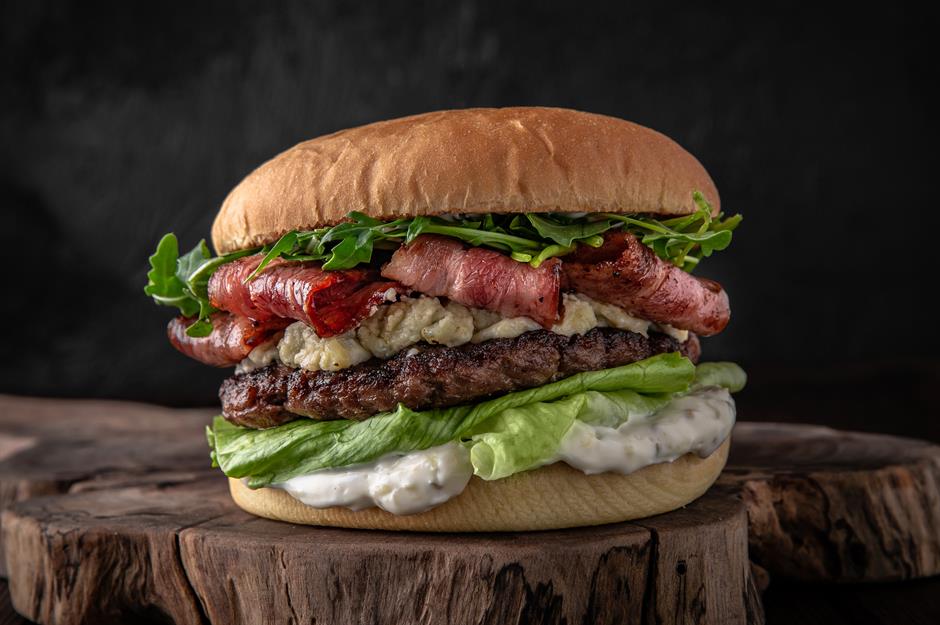
The best lettuces for burgers are those with plenty of crunch, such as iceberg, cos and baby gem. That said, some burger fans love rocket for its distinctive pepperiness. Slices of large tomato work well too, and gherkins shouldn’t be forgotten about either. For something different, try slathering on a layer of guacamole – it'll add a gorgeous, creamy texture and a hint of heat.
10. Bring on the bacon
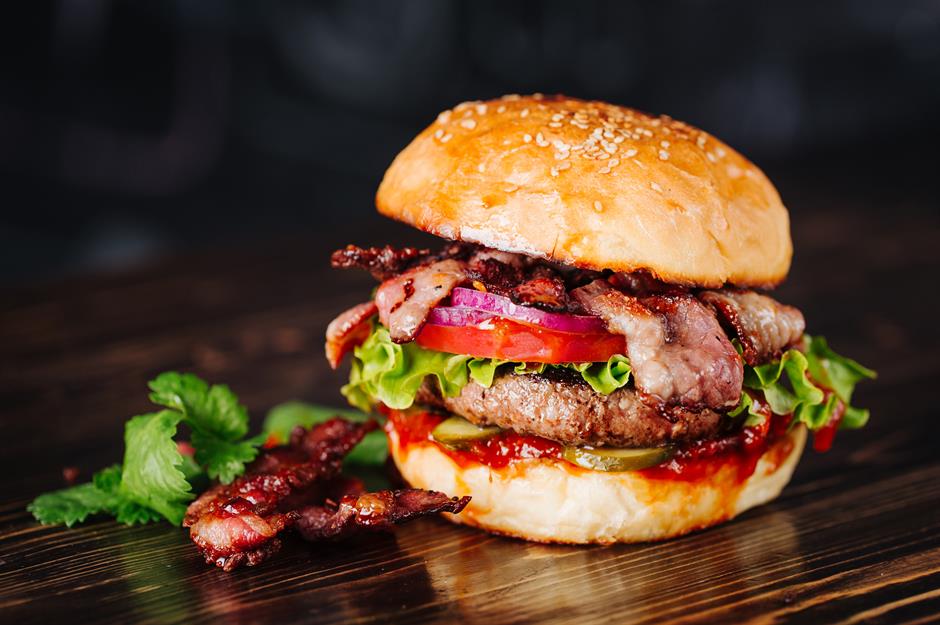
High-quality smoked streaky bacon is brilliant in burgers, as it adds plenty of texture and salty flavour. Of course, the bacon should be crispy – so cook those rashers over the coals at the same time as the burgers. For a slightly different option, try frying Parma Ham or Spanish serrano until crisp.
9. Steam your cheese
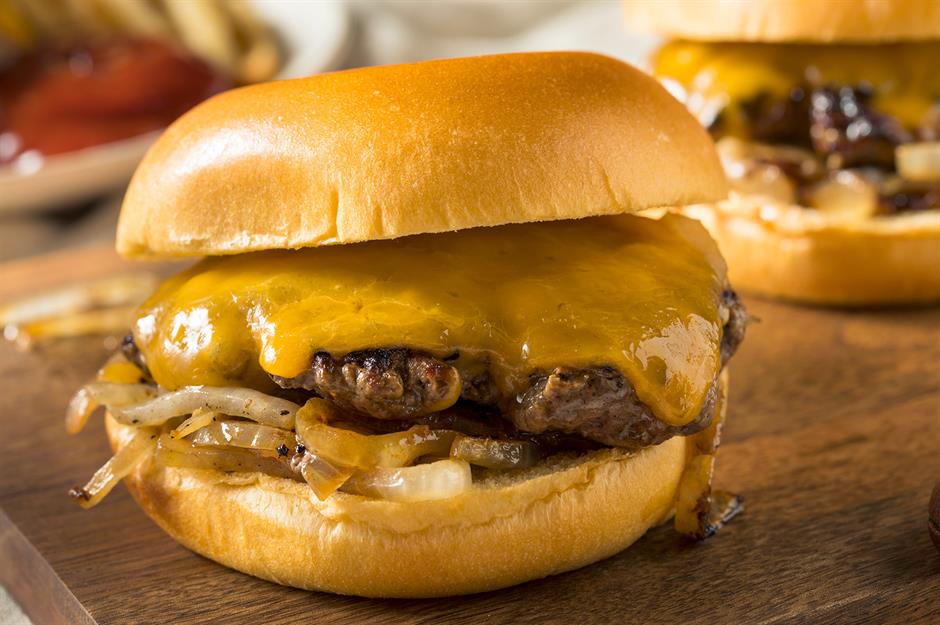
Chef Marwa Alkhalaf shared her clever trick for melting cheese on the barbecue with Time Out in 2021. Once you’ve added the cheese to your burger, pour some hot water into a heatproof dish and place it next to the patty. Close the lid of the barbecue, and the steam will gently melt the cheese until it’s perfectly gooey.
8. Do a taste test
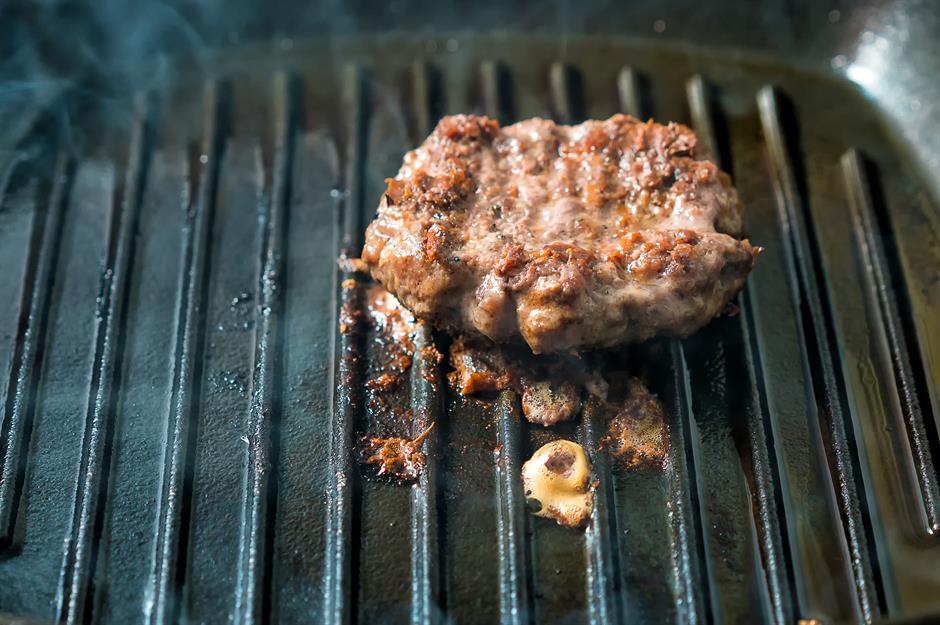
If you're trying a new burger recipe for the first time – or if you've created your own – it's worth cooking a little of your mixture first, then tasting it to check the seasoning and overall flavour. It's far better to do this than cook a whole batch of burgers only to discover that you're not happy with the taste!
7. Always cook from chilled
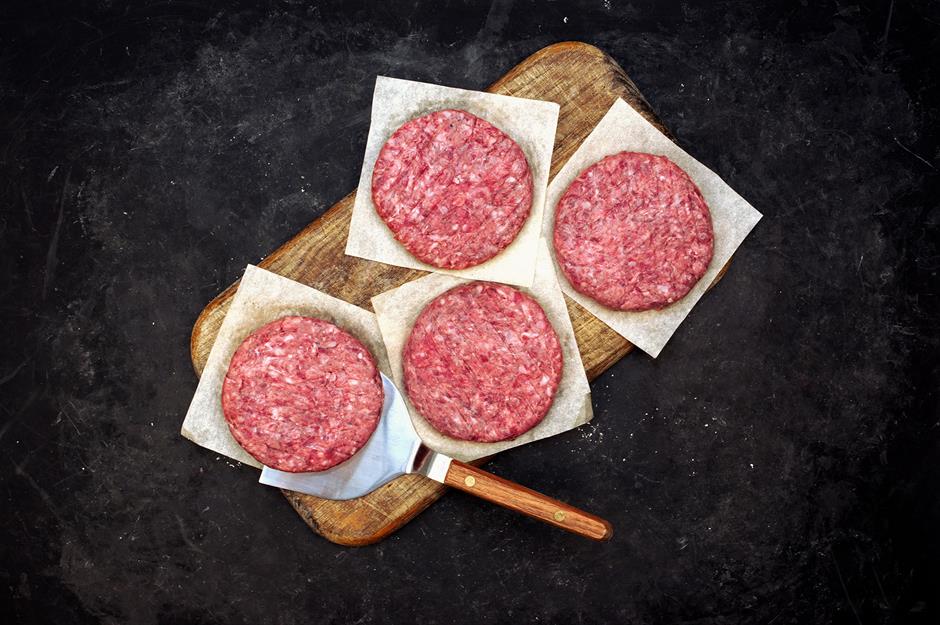
Before cooking a roast or steak, you should make sure your raw meat is at room temperature first. However, cooking burgers straight from the fridge will ensure they hold together well; stored at a cool temperature, the fat won't have the chance to soften. If you're short on fridge space, stack your burgers up between pieces of baking paper – and if you're outdoors on a camping or beach trip, keep your patties in a cool box.
6. Make a dent in the centre
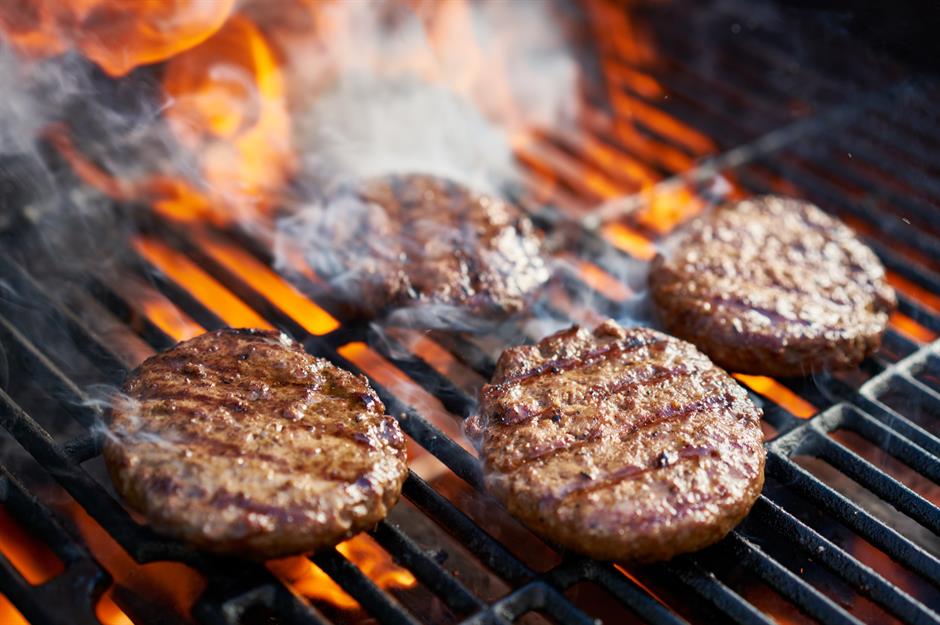
For perfectly flat burgers, be sure to make a dent in the middle of each uncooked patty with your thumb – this will prevent the centre from rising during cooking. After all, you'll need a flat surface for your cheese and toppings to sit on. Plus, flatter burgers will fit more snugly into their buns.
5. Flip your patties once
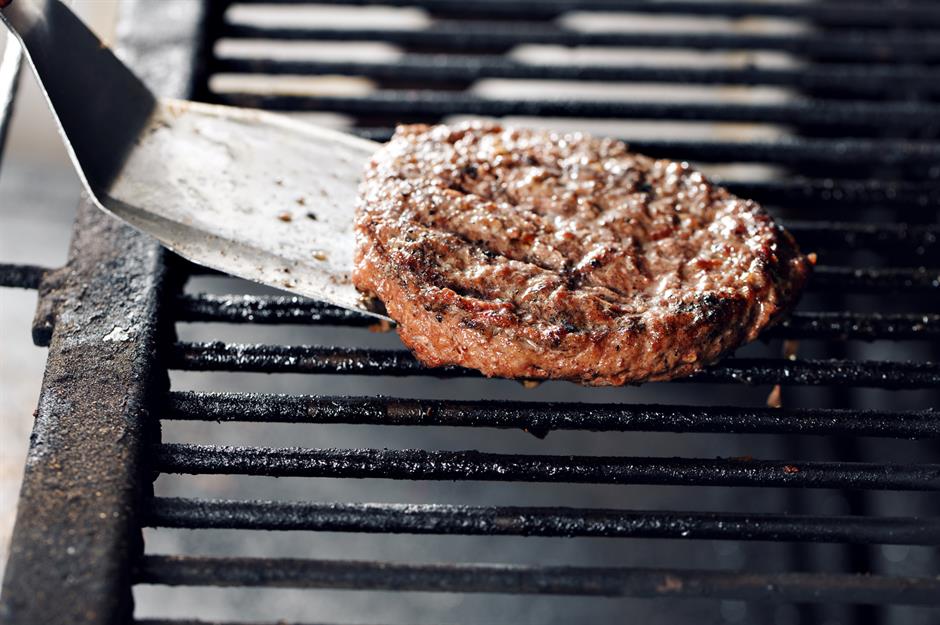
There's no need to go all cheffy and show off with constant flipping – burgers only need to be turned once. Don't try to scoop the patty off the grill or pan too early either; once the meat is seared, it will flip easily. Also, don't press the burger down, as this will squeeze out the tasty meat juices. Nobody likes a dry burger!
4. Choose the best buns
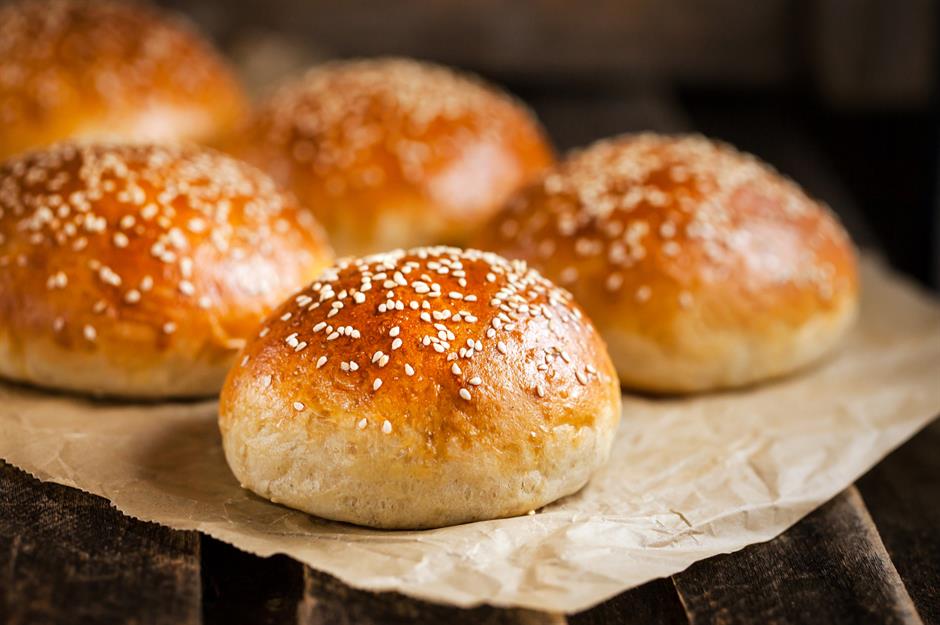
These days, there's more to burger buns than standard sesame seed varieties. Brioche buns are very on trend – but they do add a hint of sweetness, which isn't to everyone's taste. Ciabatta rolls are lovely and soft; pretzel rolls have a pleasingly chewy texture; onion rolls add extra flavour; and fluffy Kaiser rolls are great for larger burgers. Whichever you choose, don’t forget to toast the cut side of the bun.
3. Consider the fat content

If you want your burgers to be deliciously juicy, you need to consider the fat content of your meat. For perfect results, seek out chuck steak with a fat content of around 20%. Don't make the mistake of using lean mince to create your patties, as they'll end up dry and tasteless. The same rule applies when making turkey and chicken burgers – use minced turkey leg and chicken thigh rather than breast meat for succulent patties.
2. Choose your cut wisely
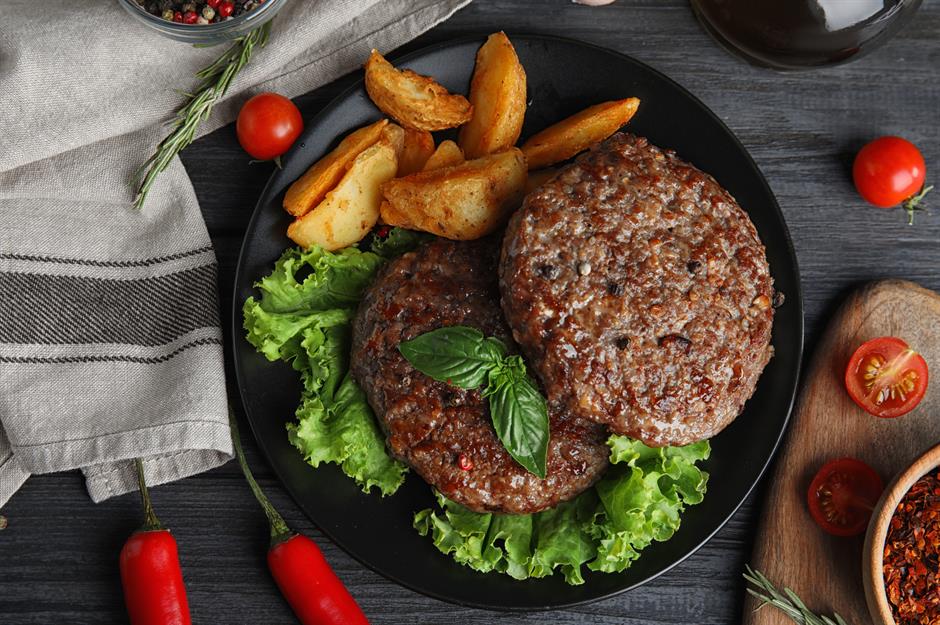
The ultimate question for all budding burger chefs: which cut of beef to use? Chuck steak is one of the best options out there, as it has a good fat content and a tasty, savoury flavour. Most of the pre-packed minced beef you can buy at supermarkets consists of ground-up chuck steak. However, if you want your burgers to be the best they can possibly be, we recommend visiting your local butcher. Here, you can buy superior quality minced chuck – or opt to buy fresh chuck steak to mince at home.
1. Let burgers rest
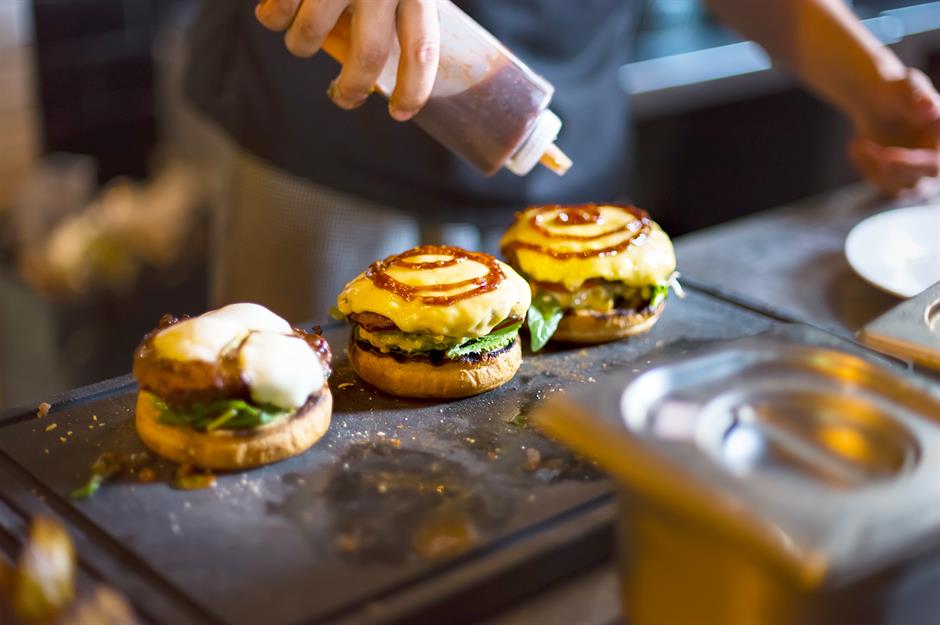
It’s tempting to tuck into your burger the moment it comes off the grill – hot, juicy and straight into the bun. However, just like with a good roast or a quality steak, it’s worth letting your burger rest for a few minutes before serving. Even a short 10-minute pause can make all the difference, helping the juices redistribute for a more flavourful bite.
Now check out our ranking of the tastiest fast food burgers of all time
Last updated by Luke Paton.
Comments
Be the first to comment
Do you want to comment on this article? You need to be signed in for this feature